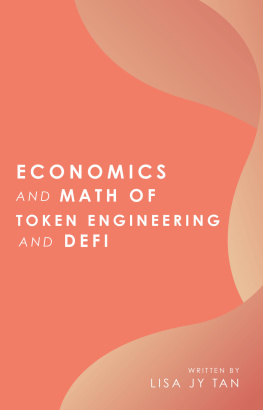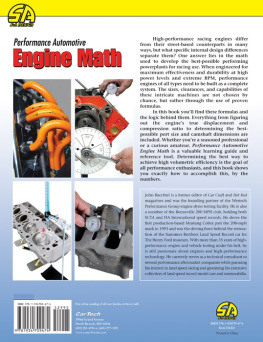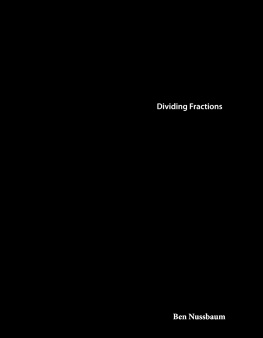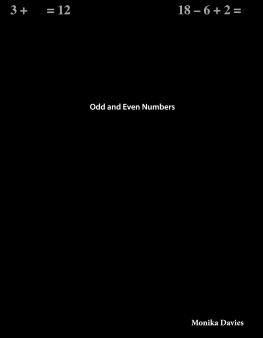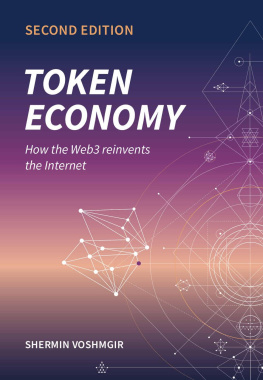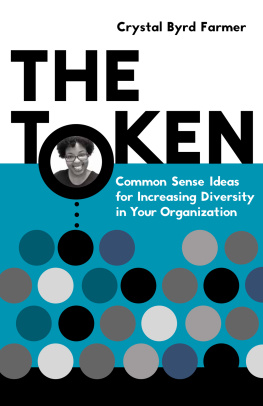This book is dedicated to you.
Thanks for being curious enough to pick this book up.
Thank you for being interested to learn these fundamental pieces that are crucial to building the world of tomorrow.
Chapter 2: Evolution of Economics
Table of Contents
Introduction
How To Read This Book: Navigation Guide
Chapter 1: Introduction to the Economics of Token Engineering
1.1 Layer vs DApps Protocols
1.2 Economics in Three Words
1.2.1 Token Economy
1.2.1.1 Open-Loop vs Closed-Loop
1.2.1.2 Primary Function of a Token
1.2.1.3 Practical reasons to create a token
1.3 FAQ About Economics of Token
2.1 What is Economics: An Evolution
2.2 Economic Resources
2.2.1 New Resource: Information (aka Intangible Assets)
2.2.2 Evolution in Markets
2.2.2.1 Classic Economic Market
2.2.2.2 Information Markets
2.2.2.2.1 Information as a Public Good
2.2.3 Differences between Tangible Resources and Web3.0 Intangible Resources
2.2.3.1 Characteristics of Resources
2.3 Economics and Technological Evolution
2.3.1 Past: Traditional Economics
2.3.2 Present: Information Economics
i
ii
2.3.3 Future: Decentralised Digital Economics
2.4 Summary Table
Chapter 3: Coordination and Incentives
3.1 General Evolution of Coordination
3.1.1 Moral Economies and Token Economics
3.2 Market-Level Coordination
3.3 Cooperation
3.3.1 Incentive Compatibility
3.4 Coordination and Token Economies: MolochDAO
3.5 Externalities of Incentives
3.5.1 Moral Hazard
3.5.2 Moral Hazard and Token Economics
3.5.2.1 Rug Pull as a Moral Hazard
3.5.3 Adverse Selection
3.5.4 Adverse Selection and Token Economics
Chapter 4: Outcome and Constraints
4.1 Objective
4.2 Constraints
4.3 Design Process
4.3.1 Why is this Important?
Chapter 5: Seven Wonders of Token Economics
5.1 Network Effects
5.2 Signalling
5.3 Monetary Policy
5.4 Property Rights
5.5 Lock-In
5.6 Principal-Agent Theory
5.7 Schelling Point
Chapter 6: Market Design
6.1 Market Design Introduction
6.2 How is Market Design Important to my Token Ecosystem?
6.3 Market Design What is Market Design
6.3.1 What Does Market Design Include?
6.4 Market Design Why Study Market Design
6.4.1 New Digital Markets
6.4.2 Market Failures
6.4.3 Good Market Design
6.5 Factors in Market Design
6.6 Thickness
6.7 Reduced Congestion
6.8 Safety & Ease of Use
6.9 Market Design and Token Economics
6.9.1 Thickness (Size of Network)
6.9.2 Reduced Congestion
6.9.3 Safety & Ease of Use
6.9.4 Additional Consideration: Repugnance
Chapter 7: {Case Study} Nexus Mutual
7.1 What is Nexus Mutual
7.2 Getting Involved with $NXM
7.3 How does Nexus Mutual Work?
7.3.1 How do the Risk Assessors Work?
7.3.2 How do the Claim Assessors Work?
7.4 Applying Market Design to Nexus Mutual
7.5 Thickness of Market
7.5.1 B2B Market
7.5.2 B2C Market
7.6 Reduce Congestion
7.7 Safety & Ease of Use
7.7.1 Safety via Design
7.7.2 Price Determination
7.7.3 KYC and Membership
7.7.4 Ease of Use
Chapter 8: Mechanism Design
8.1 Mechanism Design
8.2 Why do we Need Mechanism Design?
8.3 How is it Important to my Ecosystem?
8.4 Market Design What is Mechanism Design?
8.4.1 What Does Mechanism Design Include?
8.5 Market Design Why Study Mechanism Design?
8.5.1 What are we Doing with Mechanism Design?
8.5.2 Assumptions Made (For Now)
8.5.3 Social Function
8.5.4 Good Mechanism Design
8.6 To Get Started
8.7 Factors in Mechanism Design
8.7.1 Governance
8.7.2 Non-Financial Incentives
8.7.3 Structure
8.8 Governance
8.9 Non-Financial Incentives
8.10 Structure
8.11 Mechanism Design and Token Economics
8.11.1 Governance (Rules and Strategies)
8.11.2 Non-Financial Incentives (Other Incentives to Strengthen Strategy)
8.11.3 Structure (Incentives, Strategies and Efficient Trade)
Chapter 9: {Case Study} MakerDAO
9.1 DAO-Based Platform
9.1.1 Objectives of MakerDAO
9.1.2 How it Works
9.1.2.1 Collateral Types in MakerDAO
9.1.3 Tokens in MakerDAO
9.1.4 MakerDAO in DeFi
9.1.4.1 Who uses MakerDAO in DeFi?
9.2 Applying Mechanism Design to MakerDAO
9.3 Governance
9.3.1 Decision Making Protocol
9.3.1.1 Emergency Oracles
9.3.1.2 Decisions to be Made
9.3.1.3 Risk Parameters
9.3.1.4 Elect Active Proposal
9.3.2 Resolution Mechanisms
9.3.2.1 CDP Fails
9.3.2.2 Emergency Shutdown
9.3.2.3 $DAI Savings Rate Adjustment
9.3.2.4 Proposal Contracts
9.3.2.5 Malicious Hacking
9.3.2.6 Black Swan Event
9.3.2.7 Pricing Errors
9.4 Non-Financial Incentives
9.4.1 Voting Protocol
9.4.1.1 Vote Types
9.4.1.2 Time Limited Governance Polls
9.4.1.3 Continuous Approval Voting
9.4.1.4 Votes Calculation
9.4.1.5 Voting Contract
9.4.2 Allocation Mechanism
9.4.2.1 Smart Contract
9.4.2.2 Stability Fee
9.5 Structure
9.5.1 Bargaining Protocol
9.5.1.1 Auction Types
9.5.1.2 Liquidation Penalty
9.5.1.3 Liquidation Penalty (Single Collateral $DAI)
9.5.1.4 Liquidation Auction (Multi Collateral $DAI)
9.5.2 Community Information
9.5.2.1 Price Oracles
9.5.2.2 Continuous Dynamic Rebalancing
9.5.2.3 DeFi Partners as Oracle Feeds
9.5.2.4 Oracle Governance
9.6 Conclusion
9.7 MakerDAO References
Next page
